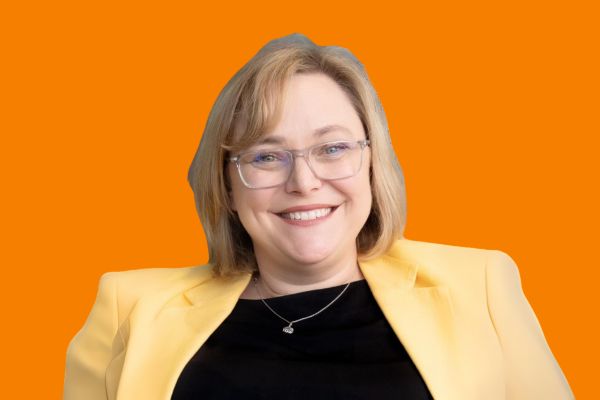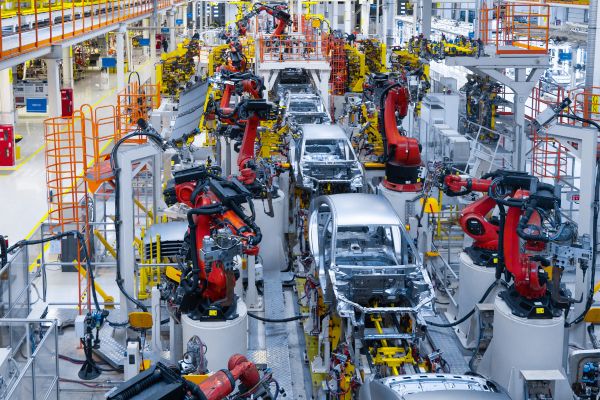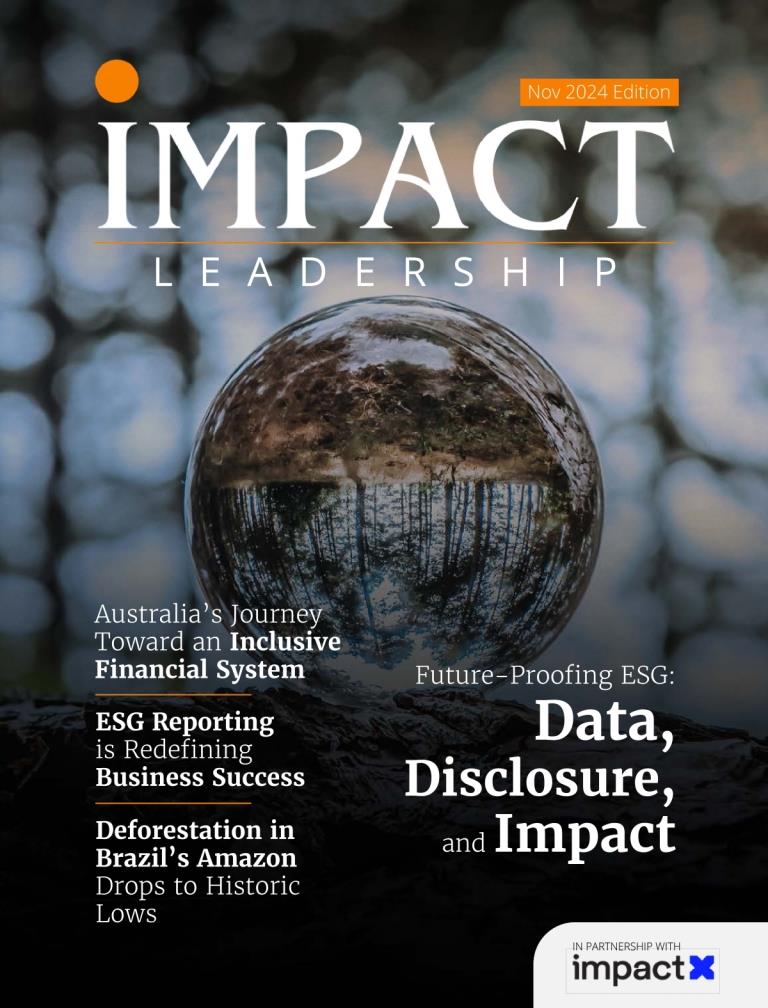Kirsten Andrews, Vice-President of External Engagement at the University of Sydney, explores the power of partnerships in tackling global challenges, particularly climate and nature. In her speech at the Impact X Summit Sydney 2024, she highlighted how universities are relevant to solving complex problems through collaboration with industry and government, from renewable energy to carbon reduction. The transcript that follows offers insights into how the University of Sydney is driving innovation for a more sustainable future.
Kirsten Andrews
It’s a great pleasure to be here today and to speak briefly about some work being done at the University of Sydney and how we might help the shared goals of everyone in the room today. My name is Kirsten Andrews, and the first thing I want to do is acknowledge the work of the Gadigal people of the Eora Nation, in caring for this land for many thousands of years before we came here today. As we work towards solving the greatest challenges of our time, it’s always important to me that we remember to be guided by and never forget the wisdom and knowledge of those who’ve continued to care for this country.
The challenges we have before us today are significant. You’ve already heard about that this morning. All of us in the room are working towards specific goals and at a fast pace, but it’s vital that we embrace collaboration as a critical strategy to achieving them. One of the reasons I’m here today is to talk to you about how the University of Sydney wants to be part of that solution.
Universities are amazing places, and in every one of them, there’s a clever person with a solution to something that somebody in the room today is working on. We want to talk to you about the importance to us of working with you on these challenges. As universities, we understand the role that we need to play as partners in this transition across the globe. Universities are investing in positions like mine, where our single focus is to accelerate partnerships for shared growth and, more importantly, shared solutions.
“Universities are amazing places, and in every one of them, there’s a clever person with a solution to something that somebody in the room today is working on.”
In 2022, at the University of Sydney, we released an ambitious 10-year strategy. I want to share a part of that because I find it quite moving and motivating in my daily work. The key quote to me in that document is: “As we look to the next decade, we want our work to be more compelling and more important to society than at any time in our history. We will pursue aspirations focused on delivering sustained and consistent excellence and developing the flexibility and resilience to keep pace with or ahead of the changes we will inevitably experience in an increasingly fluid and unpredictable world.”
As part of that strategy, we also articulated partnerships as one of our institutional pillars, on an equal footing with teaching and research and some of the innovation that we do. We know that partnerships between industries, government, and the community are powerful. They drive innovation, knowledge exchange, skill building, and practical solutions. It’s important to change the way some people have traditionally thought of universities as being a single professor in a lab working on a particular solution. Today’s challenges are too complex for that. If they could be solved by a single lab or a single business, these challenges would have been solved by now. What we need are multidisciplinary teams of researchers working with business, industry, governments, and communities as partners. And that’s what we’re here for.
During this conference, you’ll have an opportunity to hear how some of our best talent is working to solve big problems around renewable energy, the circular economy, and sustainable business practices, and how we’re partnering with industry to apply these as quickly as possible. Back on our campuses right now, researchers are working to solve what industry calls the multibillion-dollar question for the renewables market: Why does hydrogen cause steel to become brittle? And they think they’ve cracked it. What started as a lab problem for us, the solution applied will solve one of the biggest obstacles to what Deloitte estimates is a $1.4 trillion market in clean hydrogen.
And there’s another research team who has built a plant reactor that converts carbon and greenhouse materials to hydrogen fuel. Other researchers, one of whom you’ll be hearing from shortly, have developed the first net-zero sprint for companies to teach staff the fundamentals of climate-related financial disclosures. Along with HSBC, Blackmores, and others, we’re rolling this sprint out across their workforce ahead of mandatory reporting next year. There’s also the Footprint Lab, born out of our startup program, one of our accelerators to commercialize tech and smart ideas. It specializes in carbon footprint data for the financial sector. With trillions of sustainability data points, they can track the environmental footprint of any transaction. They now partner with fintech companies all around the world, including one client in India who processes $29 billion in transactions each year. If they can offset even a small fraction of this company’s carbon footprint through this partnership, it’ll be the equivalent of Fiji’s emissions.
“There is no challenge more pressing than the one we gathered here today to work on, and there’s nothing more important that we could be doing with our time.”
We’re not just in the business of solving the world’s current problems. Many of our researchers are working on future problems. We have a team in engineering who’ve developed a way to recycle and repurpose carbon fibers and composites used in new-generation construction materials before they mount up as another waste problem. Other researchers have found a way to biodegrade previously non-biodegradable plastic using fungi. More importantly for these researchers, and indeed the university, is that we’re able to apply these solutions and knowledge to help every one of you achieve your impact and your goals.
We’re here today. The team is here at the conference, and there’s a stand in the hall to reach out and see if any of the work our leading minds are doing can be applied to your challenges and that we might find ways of working together. Our mission, as you’ve heard in the introduction, is to inspire people to study, innovate, and collaborate with us to ensure that our work is more compelling and more important to society than at any time in our institution’s 170-year history. There is no challenge more pressing than the one we gathered here today to work on, and there’s nothing more important that we could be doing with our time. I ask you to partner with us. Help us solve one of the wicked problems our society has ever faced, and we hope to be part of that solution. We really look forward to working with you on these challenges together.
***
Editor’s Note: Published in partnership with Impact X, this transcript has been slightly edited for readability and clarity. If you notice any inaccuracies or require corrections, please feel free to reach out for adjustments and we will ensure the necessary updates are made promptly.











